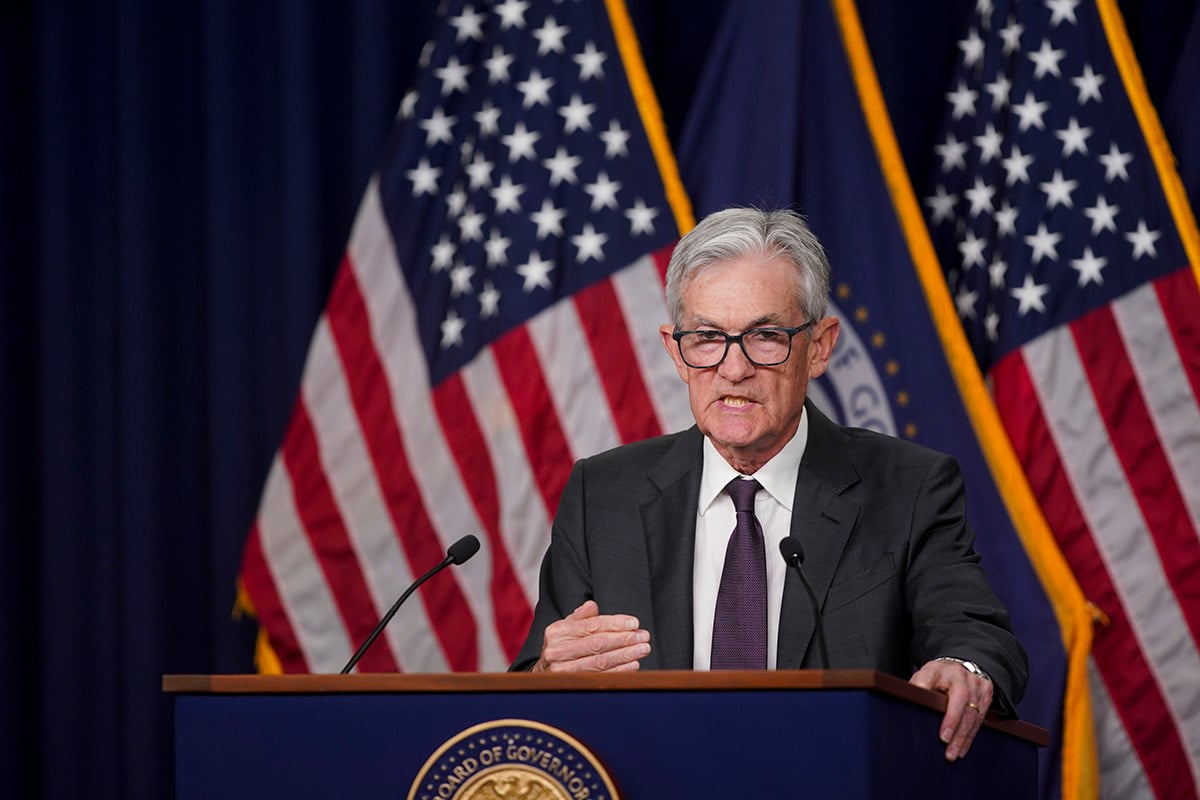Why does Brazil's inflation stay so stubbornly high despite even more interest-rate hikes in the horizon? The one-word answer is indexation.
A vestige of the country's hyperinflation period in the 1990s, when annual price gains reached heights above 6,000 percent, indexation was meant to protect Brazilian companies and citizens from depreciating purchasing power by linking costs such as wages to inflation.
Today, inflation is down to 10.67 percent, but indexation means the price of everything from electricity to healthcare is still going up based on an array of formulas taking into account industry costs and one of Brazil's many inflation indexes. It also means a temporary shock could be factored in for years to come. As a result, Barclays says Brazil has the highest inflation persistence of all emerging markets.
Complete your profile to continue reading and get FREE access to Treasury & Risk, part of your ALM digital membership.
Your access to unlimited Treasury & Risk content isn’t changing.
Once you are an ALM digital member, you’ll receive:
- Thought leadership on regulatory changes, economic trends, corporate success stories, and tactical solutions for treasurers, CFOs, risk managers, controllers, and other finance professionals
- Informative weekly newsletter featuring news, analysis, real-world case studies, and other critical content
- Educational webcasts, white papers, and ebooks from industry thought leaders
- Critical coverage of the employee benefits and financial advisory markets on our other ALM sites, PropertyCasualty360 and ThinkAdvisor
Already have an account? Sign In Now
*May exclude premium content© 2025 ALM Global, LLC, All Rights Reserved. Request academic re-use from www.copyright.com. All other uses, submit a request to [email protected]. For more information visit Asset & Logo Licensing.





